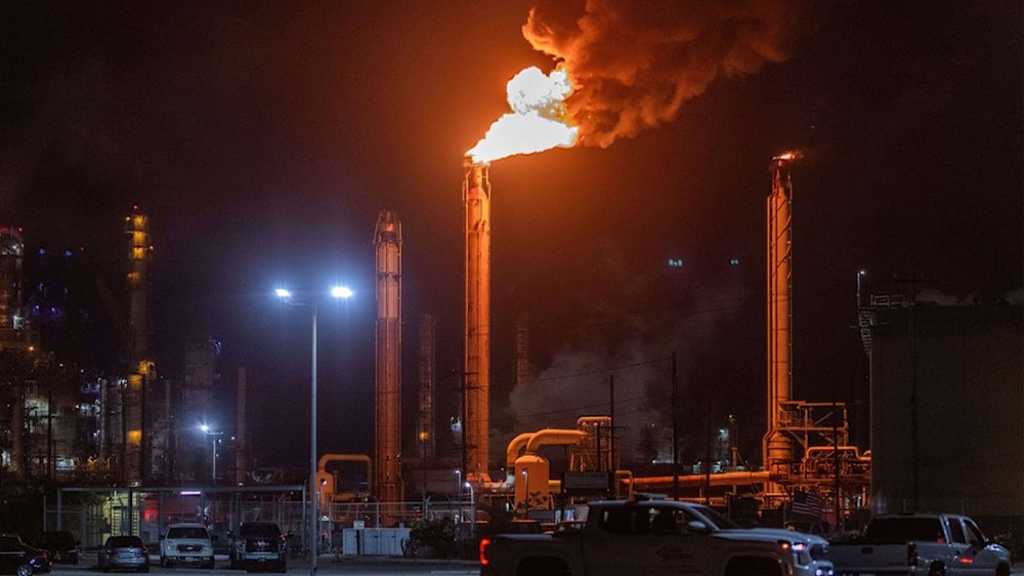Amnesty Report: Two Billion People Live Near Fossil Fuel Sites, Facing Severe Health and Environmental Risks

By Staff, Agencies
A new Amnesty International report warns that one in four people worldwide — more than two billion — live within five kilometers of active fossil fuel projects, exposing them to grave health and environmental dangers.
The study, shared exclusively with The Guardian and titled “Extraction Extinction: Why the Lifecycle of Fossil Fuels Threatens Life, Nature, and Human Rights,” maps over 18,300 operational oil, gas, and coal sites across 170 countries.
These are often located near low-income and marginalized communities, which the report describes as global “sacrifice zones.”
According to Amnesty, 463 million people — including 124 million children — live within one kilometer of fossil fuel infrastructure such as drilling wells, pipelines, and processing plants. Another 135 million could soon face similar risks from 3,500 new projects under development.
The report links these facilities to elevated rates of cancer, respiratory and cardiovascular diseases, and premature deaths, along with severe air, water, and soil pollution. Vulnerable populations — including children, the elderly, and pregnant women — face the worst consequences, with potential multigenerational harm.
Amnesty also highlights the climate dimension, noting that a third of existing fossil fuel sites overlap with critical ecosystems like forests and wetlands, undermining global biodiversity and carbon sequestration efforts.
The findings were released amid the COP30 climate summit in Belém, Brazil, where world leaders face mounting pressure to commit to a global phase-out of fossil fuels. The United States, the world’s largest historical emitter, is notably absent from the summit.



